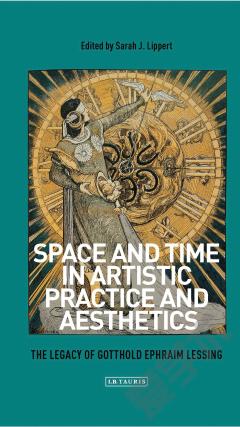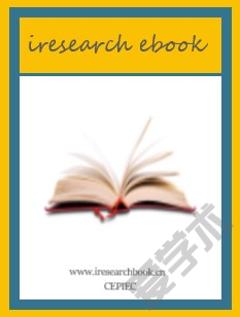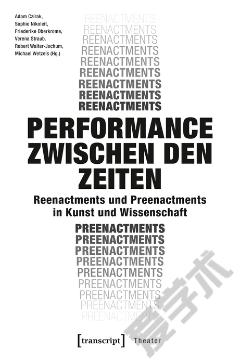Space and Time in Artistic Practice and Aesthetics
When the Enlightenment thinker Gotthold Ephraim Lessing wrote his treatise Laocoon: An Essay on the Limits of Painting and Poetry in 1766, he outlined the strengths and weaknesses of each art. Painting was assigned to the realm of space; poetry to the realm of time. Space and Time in Artistic Practice and Aesthetics explores how artists since the eighteenth century up to the present day have grappled with the consequences of Lessing's theory and those that it spawned. As the book reveals, many artisand continue to be - influenced by Lessing-like theories, which have percolated into the art education and art criticism. Artists from Jean Raoux to Willem de Kooning and Frances Bacon, and art critics such as Clement Greenberg, have felt the weight of Lessing's theories in their modes of creation, whether consciously we sound the death knell for the theories of Lessing and his kind? Or will conceptions of temporality, spatiality and artistic competition continue to unfolthe first to consider how Lessing's writings connect to visual art's production - brings these questions to the fore.
{{comment.content}}








 京公网安备 11010802027623号
京公网安备 11010802027623号